Living Planet
Nature · Earth · ClimateNature Notes: June 2022
TO OUR QUEEN AND COUNTRYSIDE!
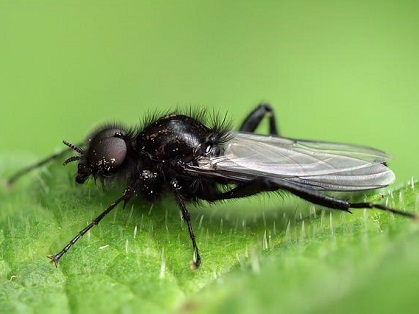
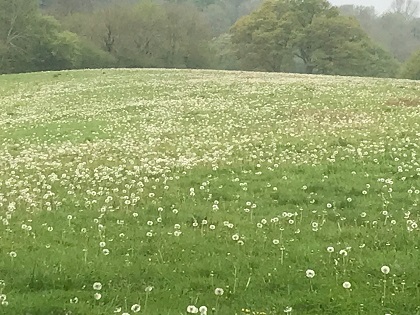
Early May and there are black hanging clouds of shiny St Marks/Hawthorn flies everywhere, hitting my face and tickling my lips with their dangling legs as I run, panting with my mouth dangerously open in the midday sun - they've emerged earlier than last year but still a week late for St Marks Day (25th April). It's hard not to be 'touched' by nature in some form. I'm forever relocating caterpillars that 'balloon' down onto my clothes and shaking out clumps of sticky woolly goat willow and petals of bridal like blossom caught in my hair. Wild white garlic 'balls' of flowers have taken over from the bluebells and campion in the woods and there are translucent spheres in the meadows. Earlier, as the sun streaked over the horizon, the air was filled with thousands of light umbrellas of fluffy seedheads - dawn's escaping eider-down - gently parachuting up and away from their dandelion clock moorings in fields full of buttercups. This effective method of dispersal has ensured their survival for eons, some of their fossilised seeds date back 30million years!
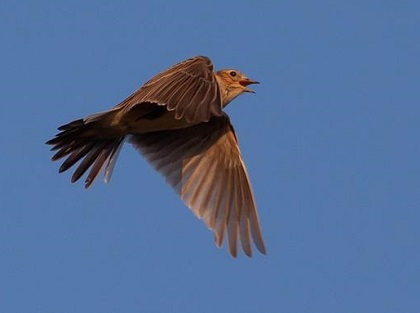
Those who are up with the 'sky' lark (back nesting in our fields off the A29 - one mercifully escaping the wheels of a recent tractor, also spraying chemicals) will have noticed that the yellow flowers themselves, some of the first of the spring and the last to go dormant in the winter, open an hour after sunrise and close at dusk - which is why they're also known as 'The Shepherd's Clock'. But you can also use them to predict the weather as if rain's approaching, they also tend to close to preserve their pollen and nectar.
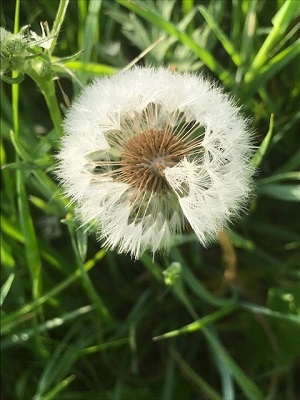
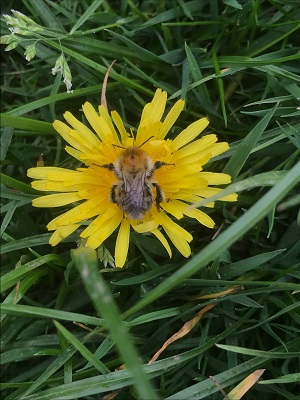
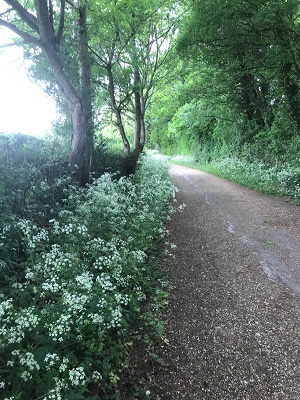
As I write, there's only been a freckle of very light spray in the air. Thunderstorms are forecast, but it's been a dry spring/early summer and we're in desperate need of something heavier and prolonged for some deep soil quenching. There's still a lush greenness to the countryside, spritzed with a frizzle of cow parsley and some of the 'clocks', amongst deep bottle-green fields of grass are currently being mulched with the first cut of sileage, but our baked clay wealden soils have made it hard for our returning house martins and swallows to build their mud pellet nests and other birds, hedgehogs, foxes and badgers to dig out worms for their young.
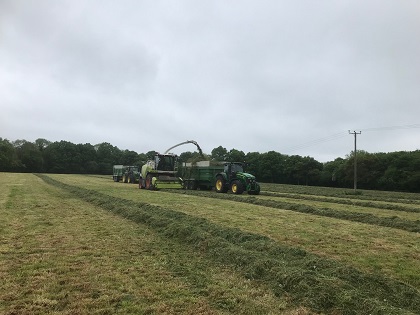
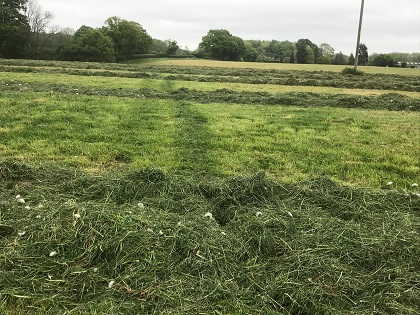
One day I stumbled upon a completely hollowed out hedgehog, all that was left was its spines. I've been regularly moving and laying to rest dead voles and shrews from footpaths with bloodied damaged snouts and even a mole, who obviously found his way up to the surface but wasn't quick enough on the way back down. Our streams are low lying - good for preserving the lives of the lambs, in the still unfenced fields at a nearby farm, which fall in every year and their mothers which tumble in trying to rescue them, but not so good for the wildlife that lives around and therein. The morning after I topped up the dish of shallow water by my back doorstep a newt appeared. The following day he was still there, swimming around happily, and having dropped in a few leaves and a stick for him to hide under he stayed for nearly a week.
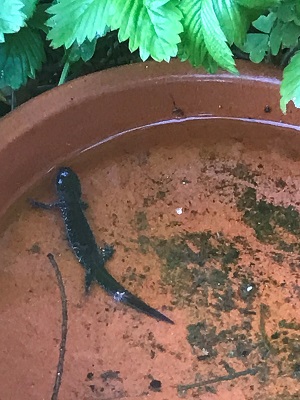
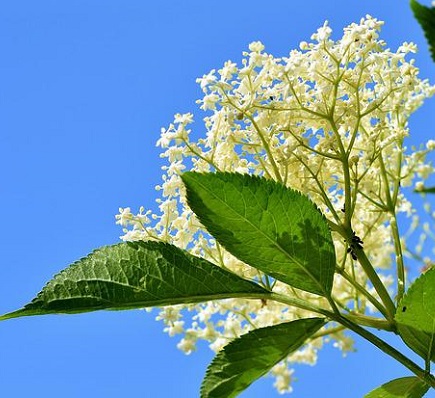
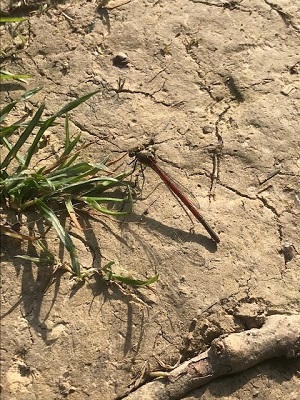
A report published by Buglife at the beginning of May showed the UK's flying insect population has declined by a shocking 60% in the last 20 years and in the next few decades, as many as 40% of the world's species could become extinct, including bees, ants and butterflies. We can all do our bit, by creating log piles, avoiding pesticides and mowing less but also simply by enjoying a drink and then placing the wine/champagne cork in the bowl or saucer of water we leave for wildlife in our gardens, so any beetles and crawling insects can get out again afterwards.
As spring turns to full summer, grass and branches seem to shoot upwards and outwards overnight. Soon the distinctive, floral, creamy and slightly citrusy perfume of Elderflower will start to waft head height from the hedgerows and will be perfect for making 'Elderflower Fizz', although maybe not quite in time for our Queen's Platinum Jubilee village celebrations. I hope the Lily of the Valley, which self-seeded onto my lawn and is my favourite scent, will still be flowering by then, as apparently, she has a special fondness for it too - its dark green leaves and delicate white bell-shaped flowers first featured in her Coronation bouquet.
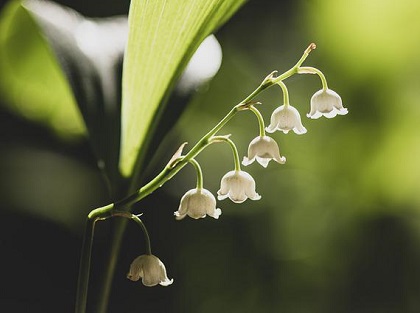
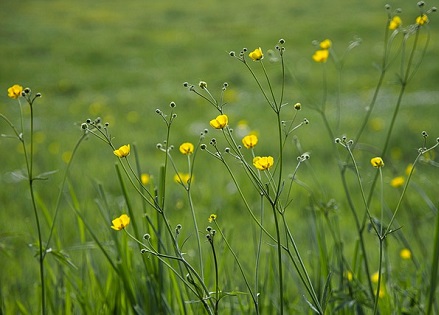
June should be a month of long languorous heat-filled days, lolling amongst grasses full of the sound meadow grasshoppers, of emerald-green chafer beetles on dogrose and honeysuckle in the hedgerows, of foxgloves, poppies, buttercups, lighter summer evenings and still sultry nights as we approach midsummers eve. Most of our native plants bloom in June, providing vital food for pollinating insects, birds and small mammals. If/when it rains, please watch your step as the reverse migration of tiny, tiny, toadlets out of the ponds where they were born should begin en masse.
I saw my first bat of year swoop through the garden last night. Between June - July Pipistrelles will have moved to their favourite summer roosting places, such as warm spaces behind our house tiles or on south-facing walls, and many will be giving birth. A single pipistrelle is said to eat 3,000 gnats in one night and knowing the midge situation in the Highlands, maybe that's why the Queen is rumoured to be happy to share Balmoral, with a small colony that reside in the main castle hall!
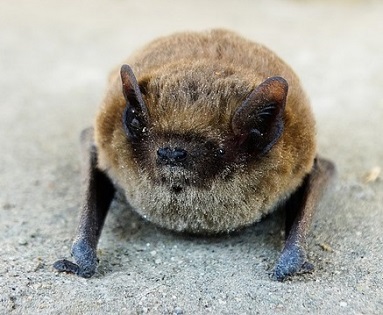

As we know, after 70 years of planting trees, Her Majesty is also rather fond of them and our village are going to be planting a Mulberry Tree in our King George V green area as part of her 'Queen's Green Canopy - Plant a Tree for the Jubilee' campaign. But did you know that she is also the official holder of our National Mulberry Tree Collection, compromising 29 species, most of which were planted at Buckingham Palace during the millennium year? There are many beautiful Queen Elizabeth roses named after our monarch which should be flowering in our village gardens this month and other reminders in our countryside such as Queen Bees (perhaps swarming with new colonies) or Queen Ants emerging slightly later in July or August. The 'Small White Wave' may sound like one of her familiar ivory-gloved gestures, but is actually the name of a beautifully gowned moth (reminiscent of her Normal Hartnell designs of pure white satin-like forewings delicately patterned with pale gold waves) which you could spot dipping in and out of hazel, birch or wild rose just before dusk.
Wherever you find yourself this month, may you alight on many beautiful things and make time to pause, raise a glass and sup nature's nectar as you enjoy summer and our monarch's celebrations. Cheers!